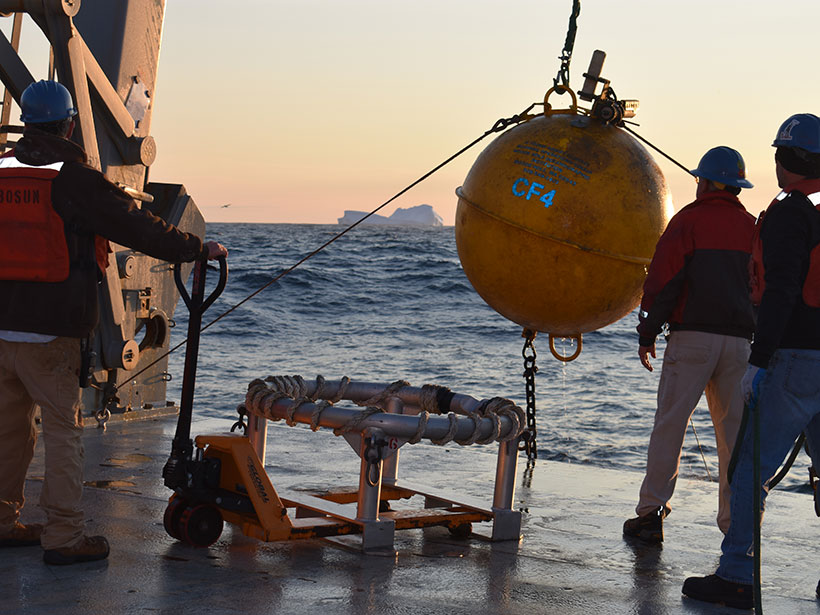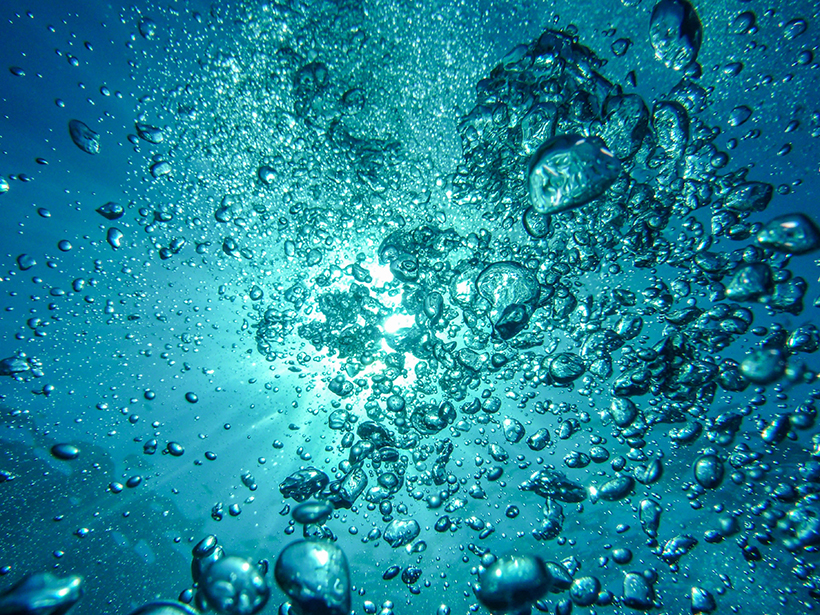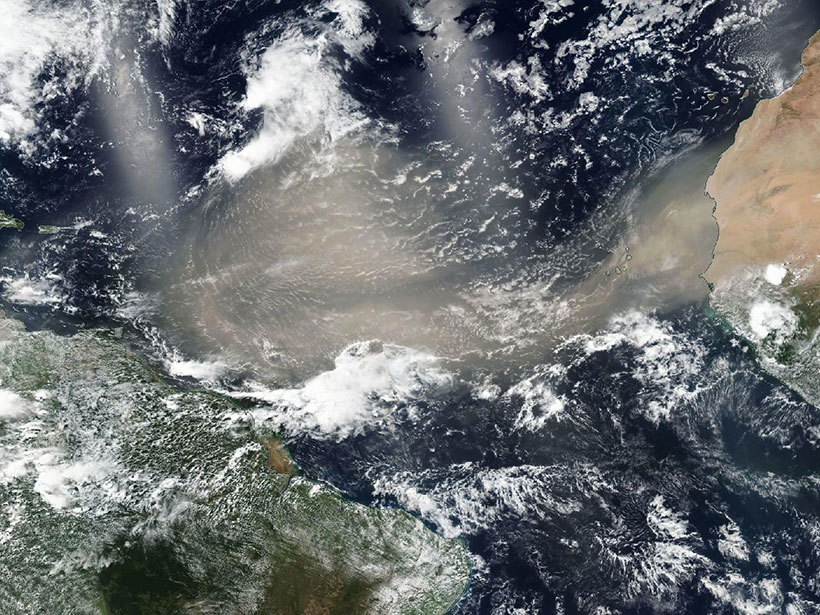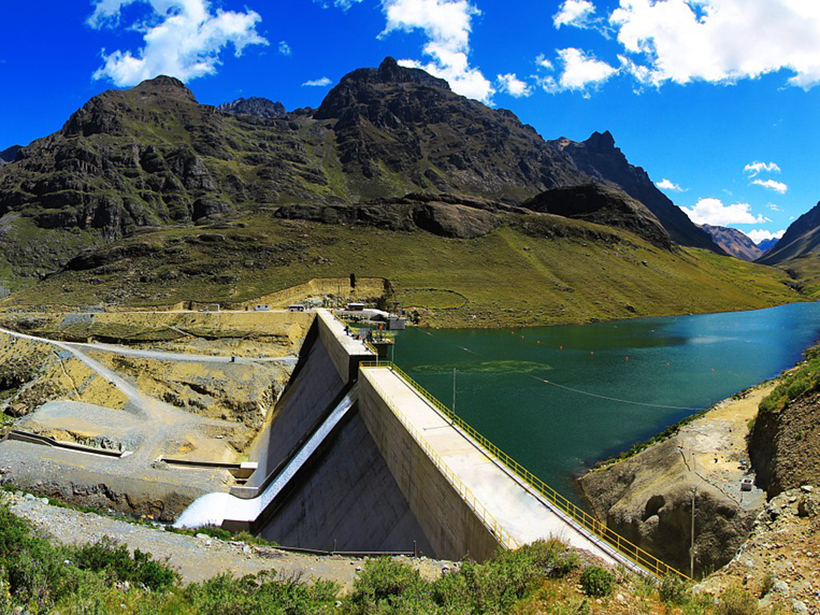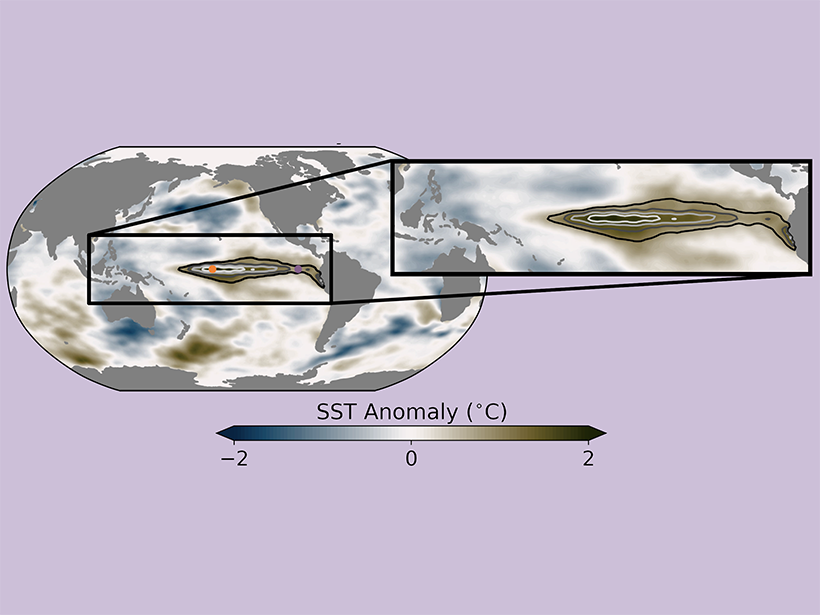Analysis of temperature and precipitation extremes in two generations of CMIP climate models revealed similarities in regional climate sensitivities, contrasting with divergent global sensitivities.
Research Spotlights
Research spotlights are plain-language summaries of recent articles published in AGU’s suite of 24 journals.
Most of the Arctic’s Microscopic Algae Are Chilling Under Ice
New research reveals that tiny single-celled organisms in the Arctic Ocean are growing more numerous as climate change thins the ice.
Improving Proxy Representations of Ocean Properties
Many oceanic properties are not directly observed but are instead estimated using proxy measurements. A new method uses physics-based correlations to reduce uncertainty in this relationship.
Deep-Ocean Oxygen May Increase with Climate Change
A millennial-scale ocean simulation indicates that oxygen gains in the deep ocean may offset oxygen losses in the upper water layer under a protracted climate change scenario.
Trans-Atlantic Dusts May Not Enrich Amazon as Much as Thought
New research indicates that nutrient loads delivered to South American ecosystems by dust originating in Africa are far lower than suggested in previous studies.
Dams Alter Nutrient Flows to Coasts
New models indicate how dams worldwide influence the mix of nutrients in river water reaching the ocean. As more dams are built, changing nutrient loads may adversely affect coastal ecosystems.
Seaports Expected to Grow by up to Fourfold by 2050
New research finds adaptation of ports to sea level rise cheap compared to new construction needed to keep up with growing maritime trade.
World’s Deepest Freshwater Cave May Be a Kilometer Deep
The Czech Republic’s Hranice Abyss is more than twice as deep as researchers thought.
Steadying Mid-Ocean Ridge Spreading Rates
Researchers used an up-to-date global magnetic anomaly data set to track the history of magnetic field reversals and obtain more accurate estimates of tectonic spreading rates.
Interpreting Neural Networks’ Reasoning
New methods that help researchers understand the decision-making processes of neural networks could make the machine learning tool more applicable for the geosciences.



